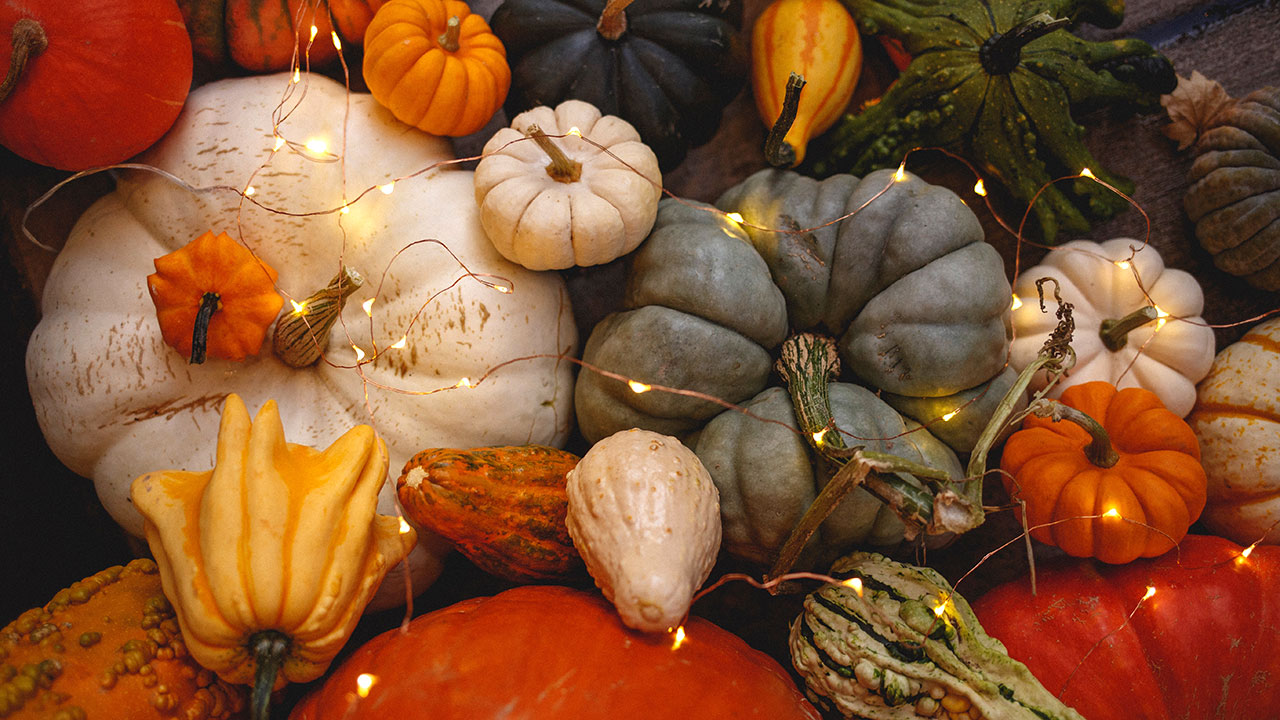
Autumn brings a rich palette of colors to the natural world, and perhaps no element of the season is more uniquely expressive than ornamental gourds.
These fascinating botanical wonders are cherished for their myriad shapes, sizes, and patterns, becoming centerpieces in fall-themed decor, holiday celebrations, and artistic compositions. While commonly associated with fall harvest and Thanksgiving they have a multifaceted history and cultural significance that extends far beyond these occasions.
Unlike their edible counterparts, they are grown primarily for decorative purposes. They belong to the Cucurbitaceae family, which also includes cucumbers, squashes, and melons, but are typically not eaten due to their bitter taste and hard rinds. Ornamental gourds can be classified into three broad categories based on their form: globular, spoon-shaped, and pear-shaped, with countless variations within these groups.
Ornamental gourds hold a special place in various cultures around the world. Native American societies have used gourds for centuries in rituals, as musical instruments, and for storage. In Africa, certain tribes consider gourds as symbols of prosperity and fertility. Asian cultures also integrate gourds into traditional practices and decor, with each shape and type holding specific meanings.
Growing them is a rewarding endeavor for many gardeners. They require a warm climate and a long growing season but are relatively hardy. Once harvested, they should be dried correctly to preserve their beauty and prevent decay, a process that can take several weeks. Craft enthusiasts often use dried gourds for projects, such as birdhouses, bowls, carved lanterns, and even holiday ornaments. Their unique shapes and textures offer an exceptional medium for creative expression.
The world of ornamental gourds is as diverse as it is captivating. With their rich array of forms, sizes, and hues, they capture the essence of fall and offer endless opportunities for decoration and artistry. Whether they’re gracing a festive table, adorning a front porch, or transforming into a hand-crafted treasure, these natural beauties bring warmth and charm to any setting.

About The Author
John Bagnasco has been in the gardening industry for over 50 years, starting with a horticulture degree from Michigan State University and following a stint at Frank’s Nursery and Crafts in Detroit.
After publishing his first book “Plants for the Home Vol. I” in 1976, he moved to California to become regional manager and buyer for the Nurseryland division of Sunbelt Nursery Group.
He then became the head buyer for Armstrong Garden Centers based in Glendora, California. John had a part-time affiliation with Creative Promotions for ten years before joining them full-time in October 2000 as a senior editor and radio personality for Garden Compass.
John has also taught horticulture classes at Palomar College and San Diego State University.
He is the host of the DVD “The Essential Guide to Roses,” which also features Bryan Main and Bruce and Sharon Asakawa.
His most recent book is “Planting Designs for Cacti and Succulents”.
Currently, John is a co-host on “Garden America,” an interactive live gardening show that additionally provides podcasts of the broadcasts accessible on all major platforms.
You can contact John here.
